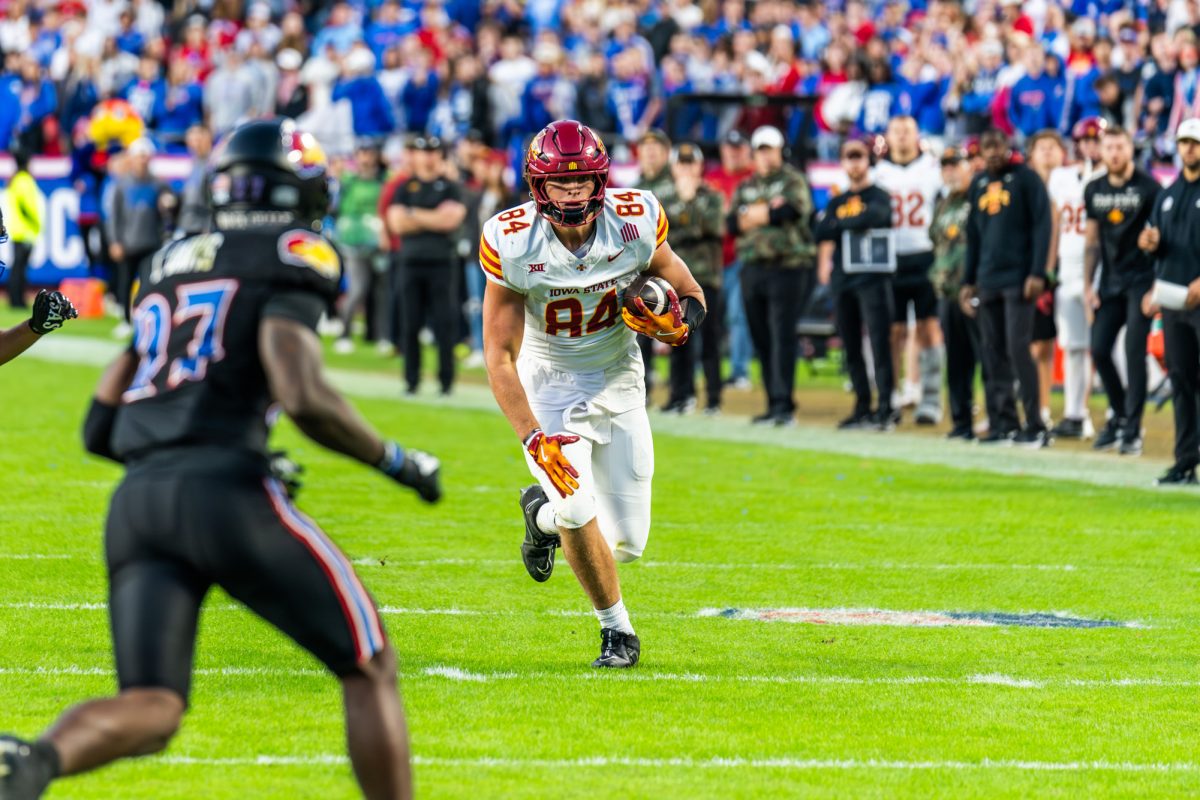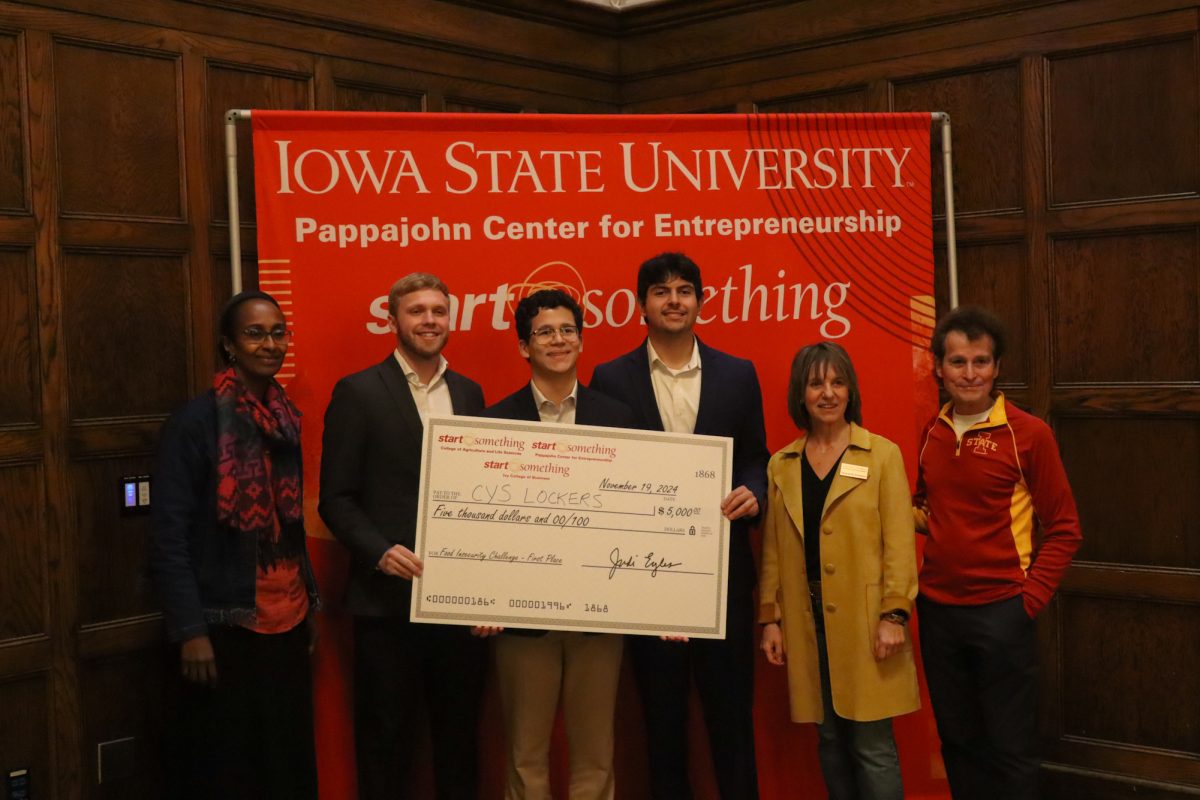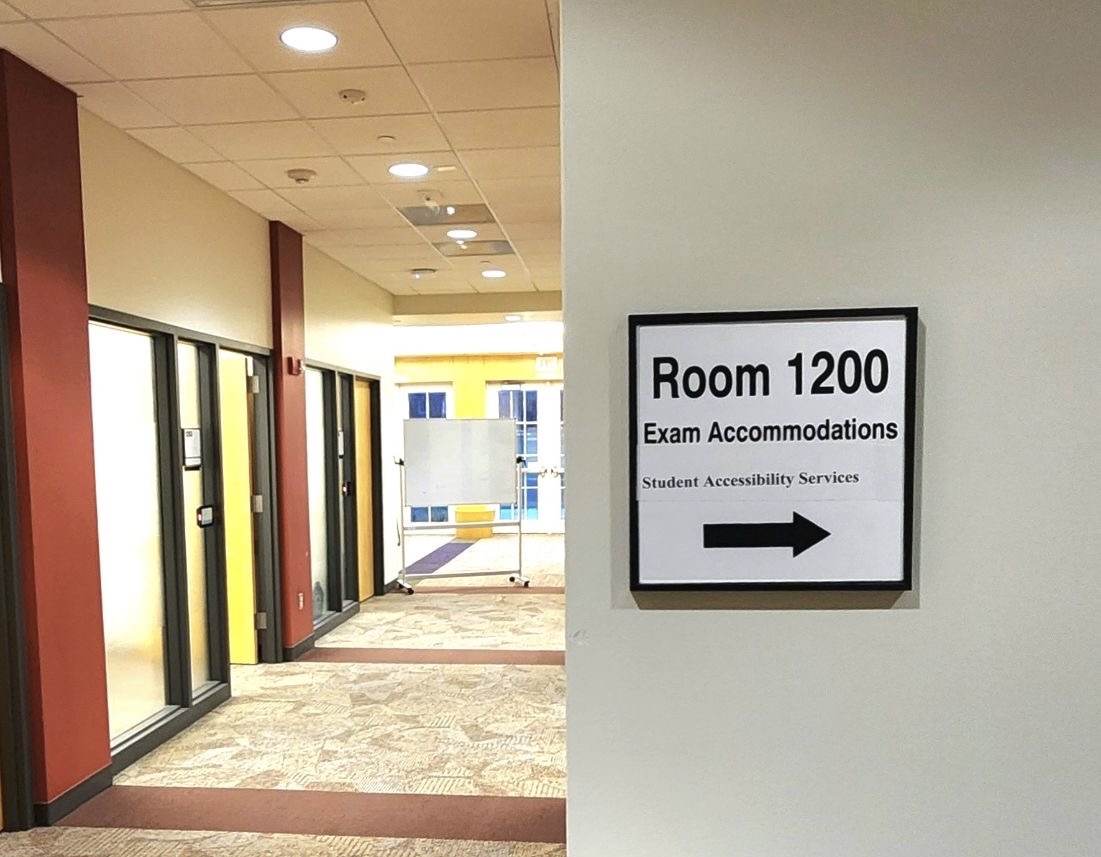TRACK: Going the Distance

Kiel Uhl is a leader among the largest group of athletes on the ISU track and field team — the distance group. File Photo: Shing Kai Chan/Iowa State Daily
April 21, 2009
Editor’s note:
This is the final part of a four-part series discussing a typical workout for the four different groups of the ISU track and field teams. This article highlights the distance runners. Check the links on this page for stories about the throwers, sprinters and jumpers.
The afternoon began with a bare track and an infield that only had a few athletes across it. It was as calm and quiet in Lied Recreation Athletic Center as it had been in quite some time, but all of that was about to change.
One by one, the largest portion of the ISU track team — the group of distance and middle-distance runners that can approach 40 athletes on the busiest days — began to file into the building to prepare for its Tuesday afternoon workout.
“It’s not easy to manage everybody,” said coach Corey Ihmels. “It can kind of become a three-ring circus sometimes.”
They started quietly as the whole group met outside the track and discussed the workout Ihmels had planned for them. For each distance event, a different workout was planned with its own unique challenges and exercises to get the most out of the athletes.
Ihmels said later in the season it is important to get the athletes more race ready through smaller strength and conditioning workouts.
“We’re getting to the point in the season where we’ve got to feel good and look good,” Ihmels said. “I thought we looked pretty good today.”
Light running began after stretching and warm-ups, and suddenly the track facility was close to empty once again.
The long-distance runners ran a two-mile route on a trail outside Lied, while the middle-distance runners stayed inside and worked on the vacant track. Athletes such as Erin Penticoff and James Galvan ran six to eight laps around the 300-meter oval at a very quick pace to improve their overall race speed.
At each 100-meter interval, the runners would check their watches to be sure to maintain their break-neck pace all the way through the circuit. Ihmels also called out helpful hints to his team as they ran by him — reminding them to relax or keep their head down — to try and make their races easier.
The track began to fill once again as the distance runners came back inside to finish off their day.
These runners did reps of 400 meters and 200 meters to work on their finishing speeds and times at the end of the long runs in competition.
Senior Kiel Uhl and freshman Yonas Mebrahtu raced each other throughout these reps on the track, pushing each other to be better than the lap before, something Ihmels said helps them in the long run.
In the grand scheme of things, lighter workouts such as this one allow the team a chance to recover from a long weekend of competition.
“The workouts vary for everybody depending on how fast they’ve run this year, what their goals are, and where I think they’re at in their training,” Ihmels said.
For a coach with so many athletes there can be a lot of things to watch for.
One thing Ihmels must be aware of is each athlete’s different needs, while also keeping the whole of the team in mind.
It is vital for athletes to communicate with Ihmels during training so he knows what they’re feeling after longer workouts.
Ihmels said if an athlete doesn’t alert him to soreness or injury during a workout, the injury could become much more serious and harder to deal with. He also said it comes as no surprise how hard that can be for his team, as he said he often competed through pain during his time as a Cyclone.
“I would do the same thing [some of them do],” Ihmels said. “It’s a slippery slope, though, and sometimes it’s too late before you know a kid is going the wrong way.”
Finally, the day slowed down once again as the group headed to the infield turf to get more general strength and flexibility workouts in before heading home for the afternoon.
Ihmels also had a chance to slow down and got a chance to play with his two-year-old son, Wil — something he says is only possible because of the depth of the coaching staff that helps him manage such a large team.
“We’ve just got to pay attention to details,” Ihmels said. “We’ve got to talk to all the kids and make sure they know they’re important, and make sure they worries or concerns that they can have someone to meet with anytime. I think that’s the key.”






